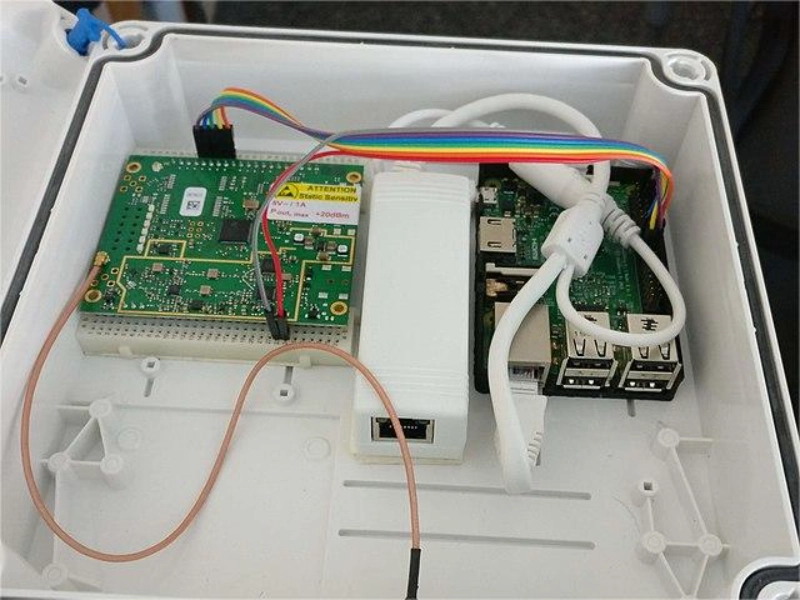- The vast majority of low-power wide-area network (LPWAN) IoT connectivity is dominated by NB-IoT and LoRa.
- NB-IoT’s expansion beyond China, particularly in Europe, is set to reshape the landscape. LoRa’s established ecosystem and versatility in private networks.
OUR TAKE
NB-IoT and LoRa, as the two leaders in the LPWAN market, will continue to lead the development direction of IoT connectivity technology, providing stable, efficient and affordable solutions for IoT applications around the world. Their success not only drives technological progress, but also brings a broader space for innovation and application possibilities for enterprises and consumers.
–Revel Cheng, BTW reporter
What happened
Research from Omdia finds the Low Power Wide Area Network (LPWAN) IoT connections landscape is overwhelmingly dominated by NB-IoT and LoRa, which together accounted for 87% of total connections in 2023. This dominance is projected to continue, with these two technologies maintaining 86% of all LPWAN connections by 2030.
NB-IoT’s significant growth is primarily driven by its popularity in China, while LoRaWAN leads in most other regions. Both technologies are ideally suited for the mid-range IoT applications currently in demand, ensuring their sustained leadership in the LPWAN market.
LoRa is expected to remain the preferred choice for private IoT connections, while NB-IoT will expand through cost-effective implementations. Both technologies are set for continued success through 2030.
Shobhit Srivastava, Senior Principal Analyst at Omdia, said: “Although NB-IoT is the leading LPWAN technology, over 90% of its connections are in China. Outside China, LoRaWAN remains the leading LPWAN connectivity technology due to years of unchallenged growth and momentum.”
Also read: IoT devices and the cloud: 5 steps to connect
Also read: How do IoT devices connect to the network?
Why it’s important
While LoRaWAN and NB-IoT may compete fiercely in today’s market and through the forecast period, there is ample room for both protocols to be successful. LoRaWAN is now focusing on high-growth areas such as smart buildings, smart homes, and asset tracking.
“NB-IoT will gain momentum in Europe after starting in 2023 as several service providers deploy satellite-based NB-IoT connectivity to address coverage gaps in remote areas. This, along with certain government regulations, will bolster NB-IoT growth in the region,” added Srivastava.
“NB-IoT use cases remain largely confined to stationary applications with the most popular being smart metres and utilities (water/gas/electricity) and connected spaces (smart cities),” concludes Srivastava.
The LPWAN market is at a pivotal point, with NB-IoT and LoRa leading the charge. NB-IoT’s expansion beyond China, particularly in Europe, is set to reshape the landscape. Simultaneously, LoRaWAN’s established ecosystem and versatility in private networks ensure its continued relevance and growth.

